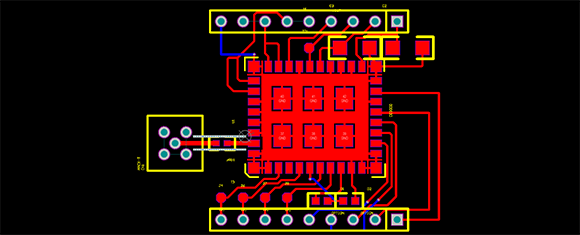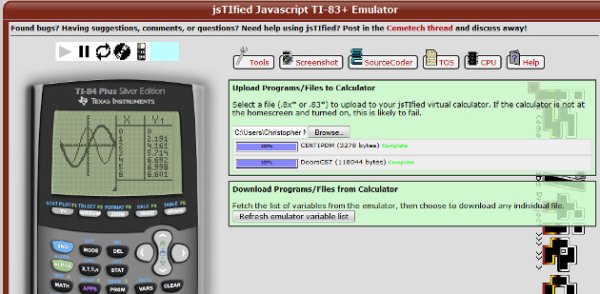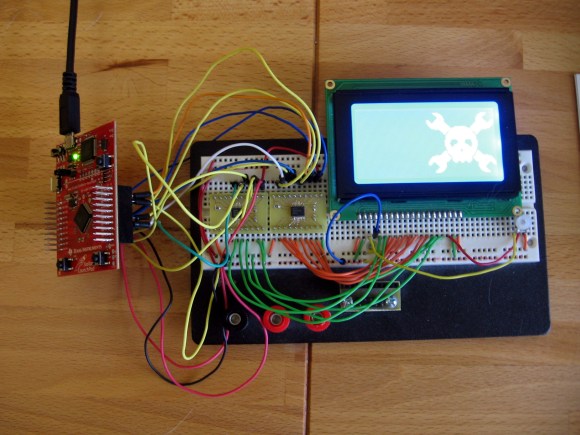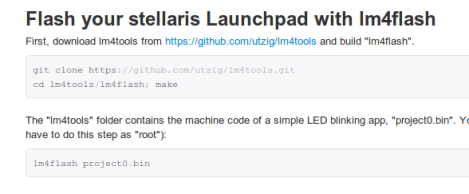
If you’ve been coveting a piece of Texas Instruments hardware you should put in an order before September 30th. A coupon code for $25 off a purchase was posted to the Stellaris ARM Community forums and it should work until that date. Above is the overview of an order placed yesterday for two Tiva Launchpads (apparently TI has rebranded the Stellaris chips as Tiva for some odd reason). After applying the coupon code “National-1yr” the total price of [BravoV’s] order is just under one dollar (including shipping). The coupon code can be entered into a box on the right hand column of step #3 (payment) when placing an order.
UPDATE: There are now multiple comments reporting that the coupon code no longer works.
We’re pretty sure you can use this coupon code on anything in the TI store. But if you don’t have a Stellaris/Tiva Launchpad yet we highly recommend getting one. We picked ours up about a year ago. It’s a great way to try your hand at ARM programming. We have had some issues with how the breakout headers are organized — there’s some gotchas with multiple pins being connected (read the last five paragraphs of the project write up linked in this post for more). But for the price and ease of programming this will get you up and coding in no time. If you need some ideas of what to do with the board look at our posts tagged as “Stellaris”.
[Thanks Vlad]















